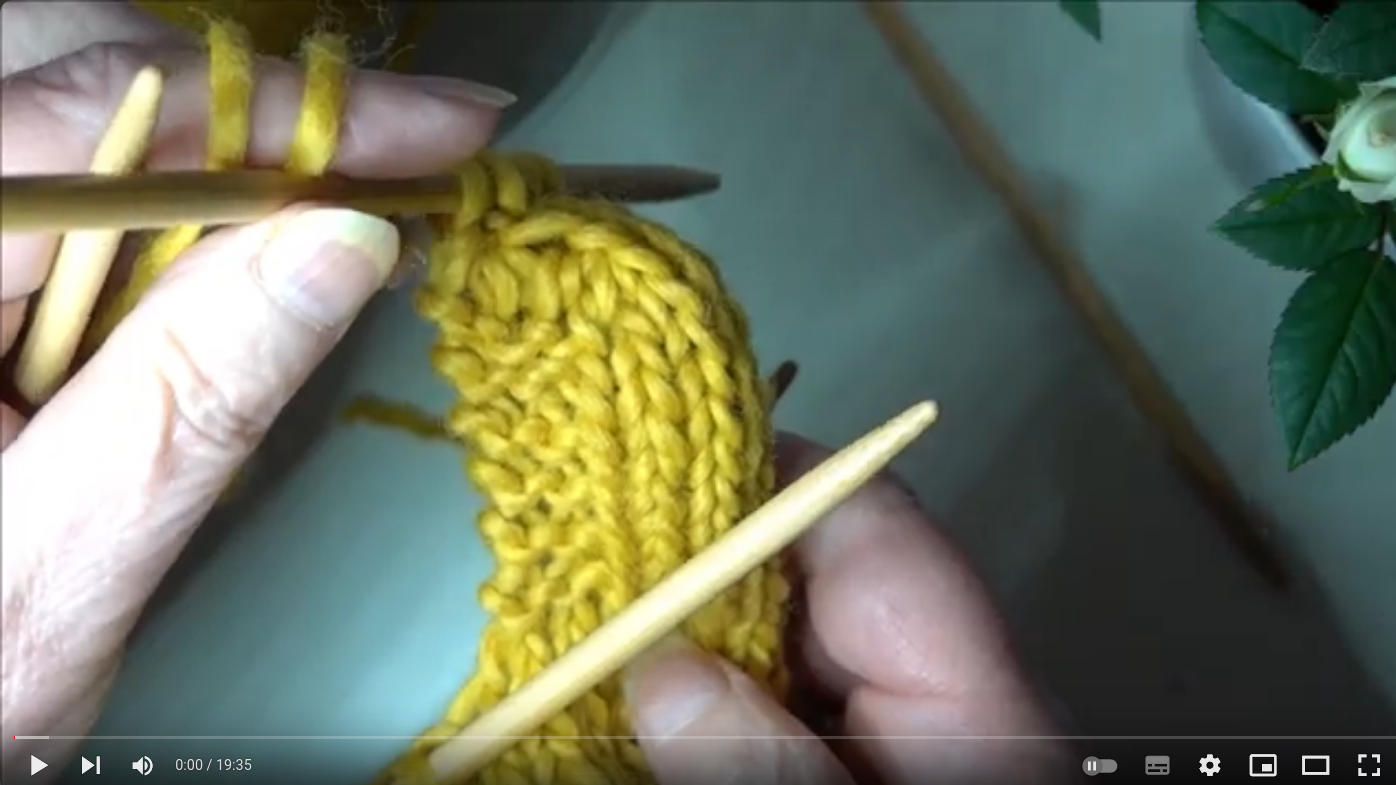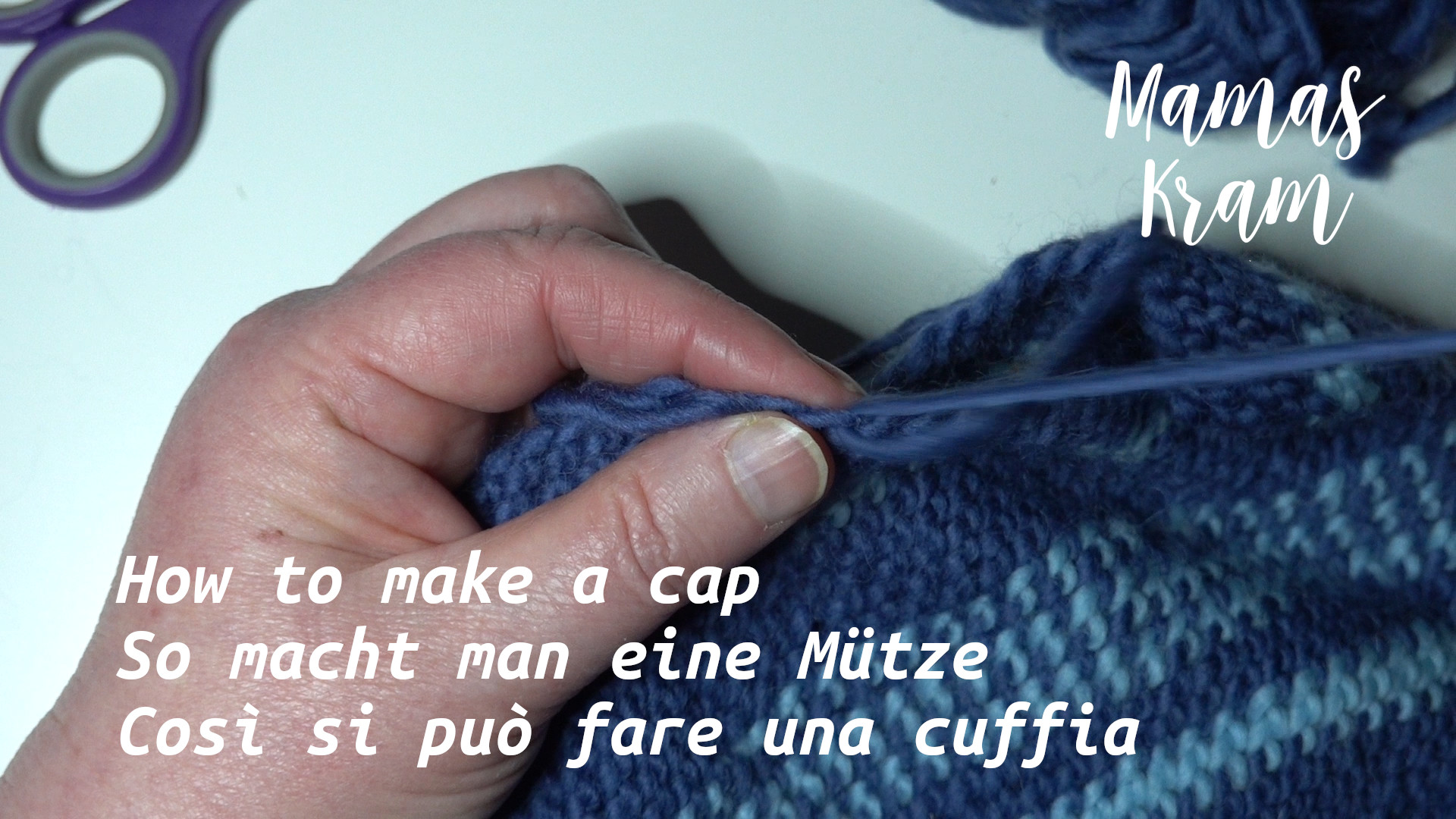Category: English
Quotes by Dr. Vandana Shiva
For me, food sovereignty is sovereignty over your life, livelihood and health. We are interconnected, therefore food sovereignty is an ecological process of co-creation with other lifeforms. It begins with seed sovereignty: saving and using living seeds. It involves care for the land and soil. We cannot have food sovereignty if we do not feed the soil organisms. Food sovereignty is based on organic farming and avoiding chemicals and poisons. Food sovereignty includes knowledge sovereignty, economic sovereignty and political sovereignty.
I found this on the net without a reference to a book or interview etc.
We have to shift the organic movement into a movement of the people.
Vandana Shiva in an interview for Real Organic Project
You are not Atlas carrying the world on your shoulder. It is good to remember, that the planet is carrying you.
Created: 2021-01-27
Latest update: 2024-02-16
Repair and reinforce a backpack
Paper vs. Digital in only a few words

When something is available only digitally and not printed on paper, it is already lost.
Me 😀
I participated in many projects over truly MANY years. And bit by bit these projects vanished in the dark. So make sure one thing: that you have a paper copy. Publish digitally, but ALWAYS keep a paper copy.
This is the moment that one of the projects of my past, OmegaWiki, is not there anymore, and it is not going to be up again. What remains is my handwritten list of terminology for the Main Franconian language (ISO 639-6: vmf).
46 – Rose Hips in Sugar

The rose hips must be nice and ripe, but still firm. They are dried and then cleaned with a cloth, a slice is cut off at the top where the flower was, and the rose hips are then freed from all seeds using a small, appropriately sized piece of wood. For 1 pound of fruit, you cook 1 pound of sugar in 200 grams of white wine vinegar, skim it well, cook the fruit until soft, remove them with a slotted spoon, place them in jars, cook the juice into a thin syrup, and then pour it lukewarm over the fruit.
(David Brocke, Ducal Cook in Ballenstedt – The Preserving and Canning of Fruits and Vegetables)
Image by Peggychoucair from Pixabay
Which carb creates less hunger?

This is the answer to a question in the Beck’s Basics group on Telegram. The actual question was about rice vs. pasta.
Did you ever try millet instead of rice? It is a whole grain and lasts much longer. Polished rice is pure carbs and creates sugar spikes in the blood which leads to loads of insulin to be created which leads to a sharp fall of blood sugars and that leads to hunger. So you need types of carbohydrates that need longer to be digested. Millet, amaranth, quinoa, chia seeds (this one has loads of protein and fewer carbs, which is even better). Look for fewer carbohydrates and more protein in food. Our body deals well with proteins, but has problems with too many carbohydrates (due to sugar spikes). Modern wheat is heavily changed. Take a look at spelt, einkorn and other old grain varieties. These keep you full for a longer time.
Let me add fenugreek to this list 🙂
Quotes by Albert Camus
Autumn is a second spring when every leaf is a flower.
Knitting socks from start to finish

Here I am showing you how to knit socks. First with very thick wool to help you to see things better and then with usual sock wool. If you have questions, please ask.
Knitting socks – part 1 – cuff and shaft
Knitting socks – part 2 – heel
Knitting socks – part 3 – gusset
Knitting socks – part 4 – top and finishing off
Mom’s Diary – Aug. 18 to 24, 2023
We are going towards the end of August and the mornings look like autumn days. I have to say this over and over again. What a strange year between heat, rain, foggy mornings. Some beans could be harvested, as well as radishes and chili. An evening out and a country festival in a city nearby, where I found a lady making bracelets and more with very small pearls. Actually, I did not even know about this festival. I learned that it was going on every year by chance, and therefore I wanted to take a look. We had some coffee and dinner there and while sitting down I did some naalbinding work, like so often. Naalbinding works are easy to take with you, even in a small bag. It was somewhat strange to see square dance here in Germany.
Again, I was working on baby socks to get the trilogy for my friend ready. When the grass in front of the house was dry, I went to collect two plantain varieties and some yarrow. I use them for tea and sometimes to make tinctures. This time I dehydrated everything for tea. I first dehydrate on the air without using electricity and when everything is already “dry” (or almost dry) I place the herbs, zucchini etc. in the dehydrator for another bit of time, mostly 30 minutes, to make sure that they are really dry.
The lavender cuttings and the apricot trees growing from seeds are growing well. Btw. should you be interested in an article from 1892 about growing peach trees from pits, you can read it on my website:
https://sabinewanner.de/growing-peach-trees-from-pits/
It was also time to put away my zucchini chutney, and so I had to label the jars. I usually use masking tape, since it is easy to remove. Should I give some jars as a present, I remove the masking usual masking tape and write a “nice one”.
Like you can see, I am dehydrating a lot this year. One reason is also that dehydrated veggies take less space than canned ones (I don’t have a cellar, so having methods that require less space is relevant).
Here is my linktree, from where you can find other contents: https://linktr.ee/mamaskram
If you would like to buy me a coffee, you can do so here: https://www.buymeacoffee.com/mamaskram
Music:
Dream Machine by Purrple Cat | https://purrplecat.com
Music promoted by https://www.free-stock-music.com
Creative Commons / Attribution-ShareAlike 3.0 Unported (CC BY-SA 3.0)
Mountain Legend by Keys of Moon | https://soundcloud.com/keysofmoon
Music promoted by https://www.free-stock-music.com
Creative Commons / Attribution 4.0 International (CC BY 4.0)
How to make a cap with naalbinding

This video shows how to make a simple and stretchy naalbinding cap. I am using the traditional wooden needle as well as one made from metal and also two ways of “attaching” new thread.
Like you might have seen by now: you get a line when you always double in the same space. To avoid this I start in the 5th or 6th round to place the doubled loop always in different places and then do my regular loop count. Below I repeat the increases like I wrote them in the subtitles.
You might wonder how often I increased the number of loops: well in the end I had 70 loops per round.
And the number of rounds: 52 for this cap.
Yarn: I will give you some links to yarn that corresponts to what I am using here. (Always consider buying at your local markets :-))
Yarn quantity used: 60 g (50 g = 50 m / for knitting needles 8 mm / UK 0 / US 11)
The needle:
BUT: each of us works differntly. Therefore the easiest way to make the first cap is measuring it over and over again, just like I do in the video, comparing to a cap that fits. The other way is simply to measure how it fits on the head. Unlike crocheting and knitting you cannot easily unravel these caps. The advantage of naalbinding is that you won’t have any ladders (like you often have it knit garments). Since this particular naalbinding stitch (which is the easiest one IMHO) creates a farily stretchy cap it does not need to be as exact as with the Oslo stitch (which is the one most naalbinders use).
Instructions:
Round 1: bind 5 loops
Round 2: double each loop –> 10 loops
Round 3: double each second loop –> 15 loops
Round 4: double each third loop –> 20 loops
Round 5: double each fourth loop –> 25 loops
Round 6: here the rhythm how to increase loops changes. Double the second loop, and then double each 5th loop until the end of the round –> 30 loops
Round 7: double the 5th loop. Then double each 6th loop –> 35 loops
Round 8: here I double the 2nd loop again, and then each 7th loop –> 40 loops
Round 9: double the 1st loop, and then each 8th loop –> 45 loops
Round 10: double the 6th loop, and then each 9th loop –> 50 loops
From here on I did not increase any more. Depending from the head form, some increases further below might be fine (but it is really rare that this is needed).
Materials:
Wooden needles: https://amzn.to/3Ea2jdq (here I would really try to get them hand made from a market – these are not rounded well, but there are wooden needles)
Blunt metal needles: https://amzn.to/3srPRTJ
Blunt metal needles (including some for easier weaving): https://amzn.to/3QXgnyF
Pointed metal needles: https://amzn.to/3YNcKwS
Wool: https://amzn.to/3YQP5fg (there are also multi-coloured skeins)
Here is my linktree, from where you can find other contents:
https://linktr.ee/mamaskram
And if you would like to buy me a coffee, you can do so here:
https://www.buymeacoffee.com/mamaskram